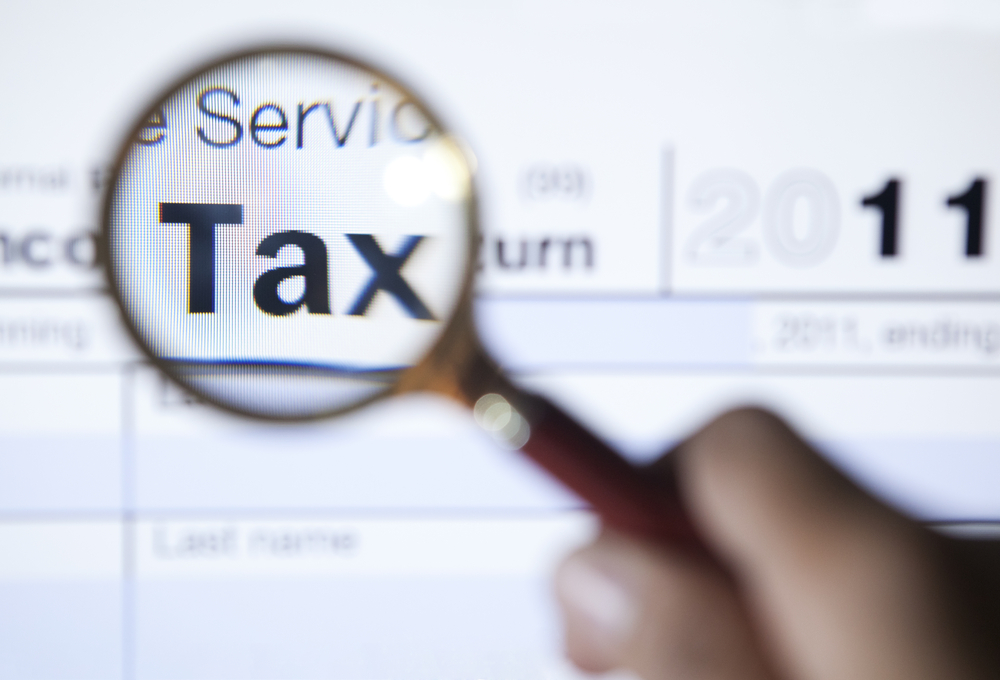
OTTAWA — The Harper government’s recent move to raise the contribution ceiling on tax-free savings accounts offers little to benefit low- and middle-income Canadians, a new analysis of federal tax data has found.
The study, released Monday by the left-leaning Broadbent Institute, comes after the government nearly doubled the maximum annual TFSA contribution limit to $10,000 from $5,500. The Conservatives made good on an 2011 election promise with the April change, effective this year.
The report, however, said under the $5,500 yearly cap, there had already been a steep drop in the number of people who maxed out their TFSA contributions.
Maximization rates were higher for people in the upper income categories, says the study, written by Simon Fraser University economist Rhys Kesselman.
The research was released as politicians clash over what could become a pivotal ballot-box issue in the October election: how best to help Canadians save for the future.
The debate over TFSAs, in particular, has been central in the fight to woo voters in the so-called middle class.
Kesselman, whose past research helped build a foundation for the government’s initial introduction of TFSAs six years ago, found in this latest report that 62 per cent of Canadians eligible for a TFSA had yet to open one by the end of 2013.
His number crunching of Canada Revenue Agency data also revealed that of all the people who qualified for TFSAs — but didn’t necessarily have one — only about 6.7 per cent had maxed out in 2013.
For those who actually held a TFSA in 2013, only about 17 per cent had reached the contribution limit.
Kesselman said that among those eligible for TFSAs with annual incomes below $60,000, only five per cent hit the ceiling.
By comparison, the maximization rate was 31 per cent for those with incomes higher than $250,000.
“This study demonstrates that raising the TFSA limit to $10,000 will yield disproportionate benefits to the highest earners and wealth holders, and that this tilt will mount over time,” he wrote.
The New Democrats and Liberals have promised to eliminate the Tories’ TFSA expansion and bring the limit back to $5,500. Both parties charge that raising the maximum primarily benefits wealthier Canadians.
The Conservatives have defended their TFSA enhancement, saying everyone will benefit.
Finance Minister Joe Oliver has said people with yearly incomes of less than $80,000 accounted for more than 80 per cent of all TFSA holders in 2013.
In his report, Kesselman challenged such assertions.
“Contrary to the government’s messaging, all the evidence indicates that the increase of the TFSA contribution limit to $10,000 will benefit only a very small proportion of Canadians,” he wrote.
The TFSA expansion introduced by the Tories was watered down from its earlier pledge. The government decided against allowing the higher contribution ceiling to continue to rise with inflation, which will reduce its cost to federal coffers.
But even with that adjustment, the parliamentary budget watchdog has warned that expanding the limit will lead to a significant, long-term fiscal burden on the government.
The parliamentary budget office has also noted how TFSA expansion will help some Canadians more than others, stating in an April report that “high wealth and older households are projected to receive relatively larger benefits than lower net worth, younger counterparts.”